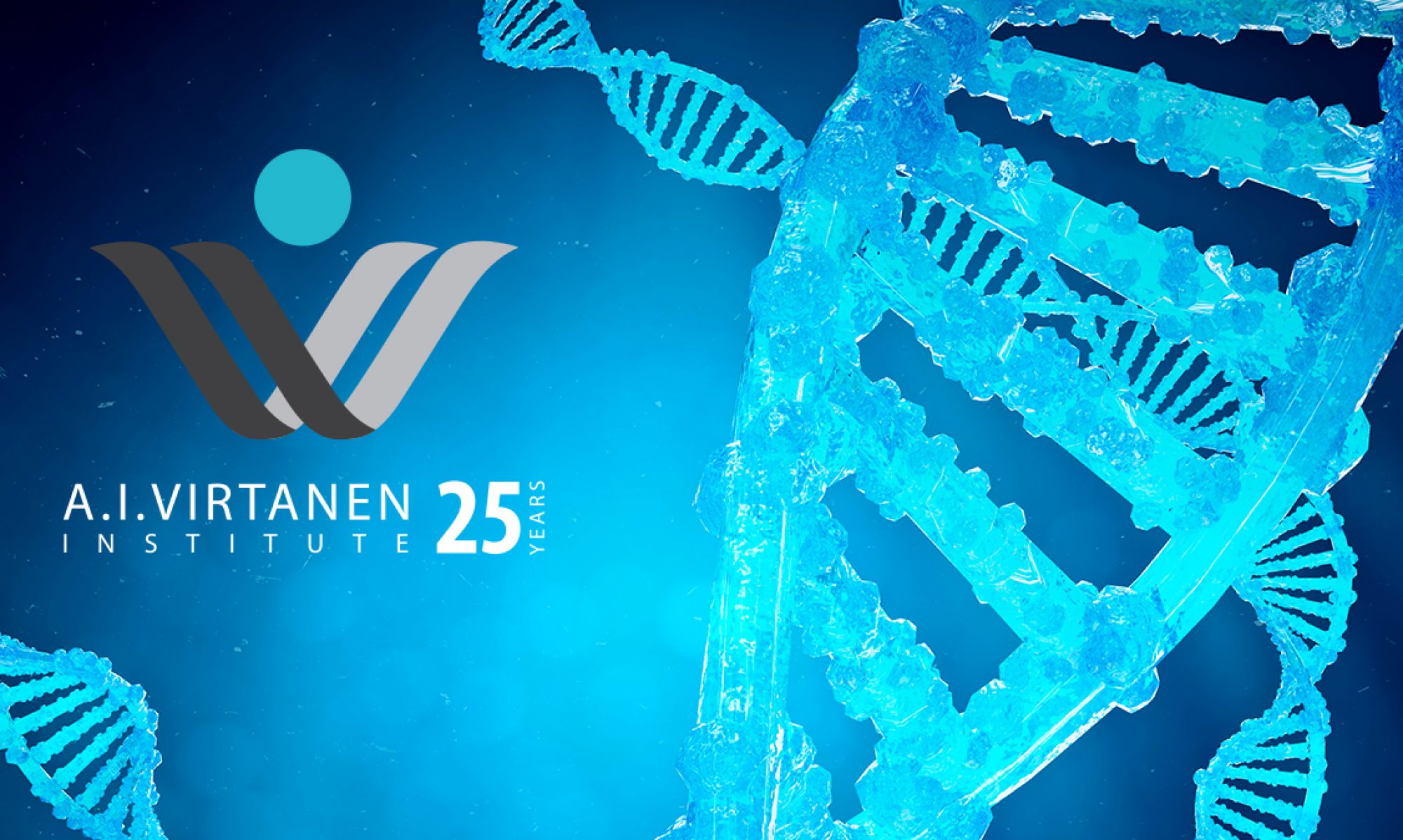Webinar abstracts and links to speaker information
Early days of A.I. Virtanen Institute
Leena Alhonen, University of Eastern Finland
The name of the Institute refers to Artturi Ilmari Virtanen, the Finnish Nobel Laureate in Chemistry in 1945. The Institute was first established as an umbrella organization and soon as a separate faculty-type research institution in the University of Kuopio, with focus areas in biotechnology, molecular medicine, neurobiology and biomedical NMR. It also formed one core of the biocentres in Finland. The aims were high and the resulting achievements widely acknowledged already in the early years. The Institute acquired a status as a corner stone in the University as regards high quality research and post-graduate teaching tightly linked to it.
Gene Therapy
Seppo Ylä-Herttuala, A.I. Virtanen Institute for Molecular Medicine, University of Eastern Finland
Treatment of Epilepsy – Lessons from the Past Guide the Future
Asla Pitkänen, A.I. Virtanen Institute for Molecular Medicine, University of Eastern Finland
The Endless Capabilities of Magnetic Resonance Imaging, from Zero to Ultrahigh Field
Michael Garwood, Center for Magnetic Resonance Research (CMRR), University of Minnesota, USA
Magnetic resonance techniques (EPR, NMR, MRI) continue to play ever expanding roles in biomedical research and modern medicine. These methods measure signals emanating from the angular momentum (“spin”) of unpaired electrons and of certain atomic nuclei like 1H, 2H, 13C, 31P, and 23Na. Despite the passage of several decades since its discovery, intense research on magnetic resonance continues on many fronts, leading to new ways to interrogate spins and to access otherwise unmeasurable properties of a vast variety of molecular systems. Although early magnetic resonance signals were produced by sweeping a magnetic field in the presence of a constant radiofrequency field (B1), nowadays pulsed radiofrequency techniques dominate applications of EPR, NMR, and MRI. Yet, as time goes by, advances in frequency-swept techniques are showing the many advantages of this old strategy. These include: 1) resilience to magnetic field nonuniformity, making compact MRI systems possible, 2) silent functional MRI, and 3) ways to rotate a material’s magnetic moments even when no static magnetic field (B0) is present.
Machine learning in neuroimaging of brain aging, Alzheimer’s Disease, and schizophrenia: contributions toward precision diagnostics and predictive modeling
Christos Davatzikos, University of Pennsylvania, USA
Machine learning methods have shown great promise in the field of clinical neuroscience, as means to derived individual-based biomarkers of diagnostic and predictive value. This presentation discusses work on imaging patterns of brain aging, Alzheimer’s Disease, and schizophrenia, which can be detected on individuals rather than in group analyses. It also presents recent work on dissecting the neuroanatomical heterogeneity of preclinical AD and schizophrenia, using semi-supervised machine learning methods. Finally, the talk presents work on consortia integrating and harmonizing MRI scans from dozens of studies of brain aging and schizophrenia, highlighting the feasibility of machine learning analyses in large and diverse datasets.
TTREM2 as a New Therapeutic Target for Alzheimer’s Disease
Christian Haass, DZNE, Germany
Alzheimer’s disease (AD) is currently untreatable, and therapeutic strategies targeting the amyloid cascade have not yet been successful. Recent genome wide association studies have identified a number of risk factors in genes expressed in microglia, including the Triggering receptor expressed on myeloid cells 2 (TREM2). TREM2 is essential for the transition of homeostatic microglia to disease associated microglia. To enhance TREM2 activity we generated a panel of monoclonal antibodies against the stalk region of TREM2 with the aim to compete for α-secretase mediated shedding. Monoclonal antibody 4D9 stabilized TREM2 on the cell surface, reduced its shedding and concomitantly activated phospho-SYK signaling in a dose dependent manner. Moreover, 4D9 reduced the amyloid burden in a mouse model for AD pathology. Thus, our findings demonstrate that antibodies allow selective modulation of TREM2 dependent functions in microglia and macrophages, which may be of potential therapeutic benefit.
Single-cell Analysis of the Vasculature
Christer Betsholtz, Karolinska Institutet, Sweden
Regenerative Stem Cell Therapy within Heart Disease
Jens Kastrup, Rigshospitalet, University of Copenhagen, Denmark
Stem cell therapy within heart disease has been investigated for many years as a regenerative therapy with encouraging results. Many different cell lines have been investigated in mainly patients with refractory angina and heart failure without any safety concerns. The focus is now mowing from autologous towards allogeneic cell products in both academia and industry. The presentation will shortly review the stem cell landscape worldwide and then describe the journey from autologous towards allogeneic cell product for heart disease and other chronic diseases.

